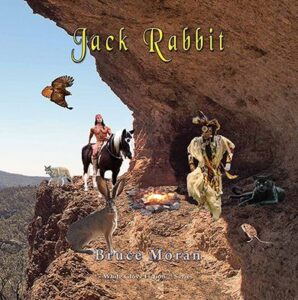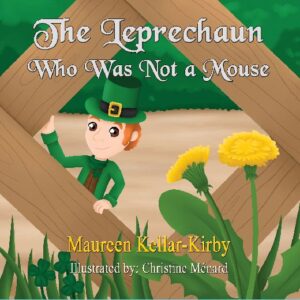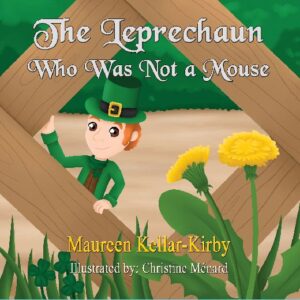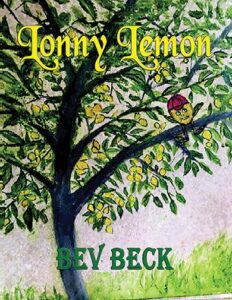The first book in the White Glove Fiction Series has been released.
A New Children’s Story Book – “The Leprechaun Who Was Not a Mouse”
In this charming, beautifully illustrated children’s book in rhyming verse, we read of the friendship between a little boy and a leprechaun. In a surprise ending we discover how the leprechaun who was mistaken for a mouse outwits his would-be captors, much to the delight of his faithful friend. This story was written by an Early Childhood Education teacher who knows how to engage and hold the attention of young children with stories. Just in time for Christmas!
“The Leprechaun Who Was Not a Mouse” written by Maureen Kellar-Kirby – published September 7, 2021 by Total Recall Press.
In the second book published by Total Recall Press, Maureen Kellar-Kirby expresses her talent in poetry in rhyming verse in “The Leprechaun Who Was Not a Mouse” and teams up with Christine Me`nard, illustrator to give us a charming story of a little boy who has a friendship with a leprechaun who lives beneath his house. As an Early Childhood Teacher she realizes the importance of showing to children the qualities of a good relationship, love, loyalty, sharing and caring which she depicts in her story. The title itself makes asking the question, “How can a leprechaun be mistaken for a mouse?” The story will certainly satisfy our curiosity and reaffirm what friendship is all about.
A little boy rushes to rescue “The Leprechaun Who Was Not a Mouse”
“The Leprechaun Who Was Not a Mouse” publishing date -September 7th, 2021. A beautifully illustrated children’s book about the friendship between a little boy and a leprechaun who was mistaken for a mouse! Written in charming rhyme and illustrated by Christine Me’nard. Here is a story about love, caring, sharing and loyalty, all of the qualities of a good friendship and how the leprechaun outwits his adversaries and wins in the end!
On the surface, many would assume that Professor Jessica Windslow is very lucky. She has the good fortune to be teaching property law, a field she loves, at the highly regarded and respected St. Andrews School of Law in southwestern New Brunswick and could easily afford to live there in her beautiful 1851 heritage home (known locally as Rosedale) with her 21-year-old son Adam now entering law school.
On the surface, many would assume that Professor Jessica Windslow is very lucky.
Lonny Lemon and his friends
He is an unusual lemon, that comes from a Meyer lemon tree. He has lots of different friends that he enjoys being with in the park where he lives. These happy friends live in the different citrus groves near his home. Among these friends are Lay-cee Avacci, her little brother Lliam Lemon, and his cousin Lewee Lime. The also have a very playful friend who sometimes causes mischief, Bobby Bat. But in the end, all is well.
Buckle up Motorsports fans!
Now Behold! Known as one of the toughest and most exciting races in the Fast Boat Series: The “Bay Blaster” Shootout is about to begin! Packed with tight turns, lightning-fast straightaways, enormous rocks, and waterfalls, the event brings some of the greatest excitement throughout the land and seas in boating. The competition can bring down the toughest of ships and raise some to amazing heights. Crafts must prepare and work hard with their coaches to be ready for the event. When the gate drops and the fuel pumps pulse, there’s no turning back from the challenge to take the checkered flag. Once committed, the quick-paced fun begins, and the boats head out on an exhilarating run that pushes them to their best, teaches them sportsmanship, and entertains fans everywhere, of all ages. So, swab those decks Me Mateys, climb aboard, and let the festivities commence! Dive in, set your sails,
Who will by Mr. Happy Root Beer?
One day all the root beers were sold except Mr. Root Beer. This makes him really sad. Who will come along and help him solve his problem? Join David Swarbrick in helping Mr. Root Beer find a new friend to help overcome his loneliness.
Love and War
Love and War, intrigue at its best.
This is the second book in the Javik series and continues the parallel stories of Javik and Allana. While Javik is at war, Grazhda and Tao Shan confirm that Allana is heir to the throne of Gorgos, an island kingdom far to the South.
Allana is finally convinced to undertake the quest for her throne even though she is not too sure about what she must do to complete that quest. In the meantime, Allana has used her body to bribe the bandit king Vargon for safe passage through his lands. Vargon reneges on his promise and forces Allana marry him.
Javik returns from war to find her gone but encounters many problems before he can go after her.
The story continues in the next book, The Queen of Gorgos.
Has the mystery of Sarah Slater been solved?
Hired by the Confederate government in Richmond when it was already in its death throes, Sarah Slater was the perfect agent for a courier between Richmond and the Confederate outpost in Montreal, Canada. Beautiful of face, curvaceous in form, spunky, flirtatious, and fluent in French she was the ideal candidate for a role that saw women often better suited for courier. Male agents faced hanging, women far less punishment. An additional benefit of her French fluency, she could claim protection as a Canadian citizen during casual interrogation. On her third and final trip to Canada in April of 1865 as Richmond lay in ashes, Sarah disappeared in New York. The messages for the Montreal office and the Confederate gold she was supposedly carrying also vanished. That mystery has fascinated historians for over 150 years. The Mystery of Sarah Slater…solved?
- 1
- 2
- 3
- …
- 53
- Next Page »










